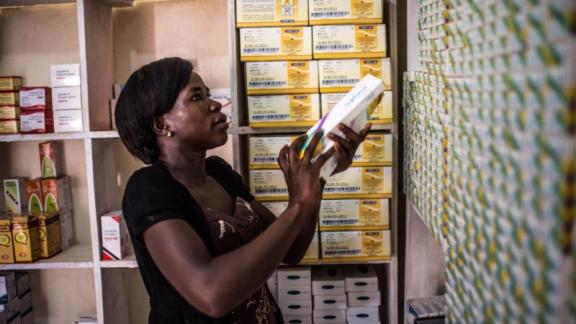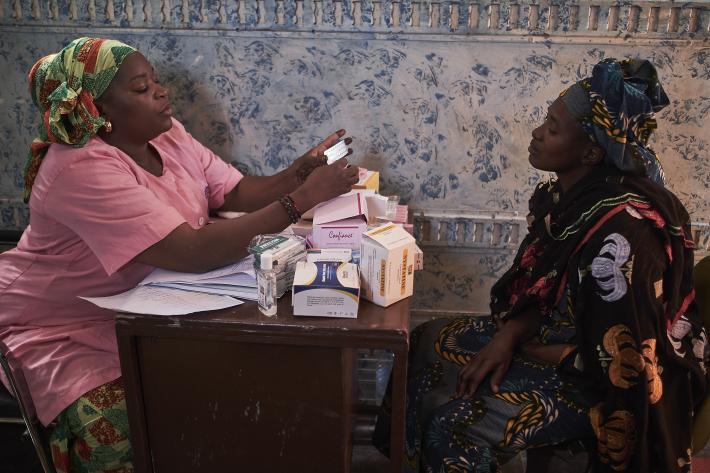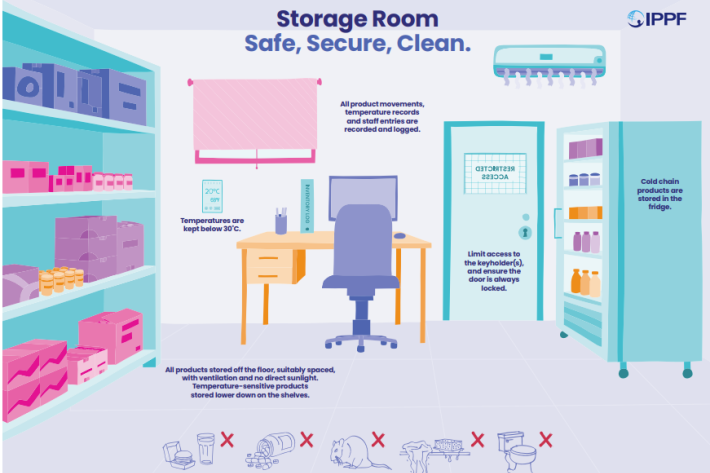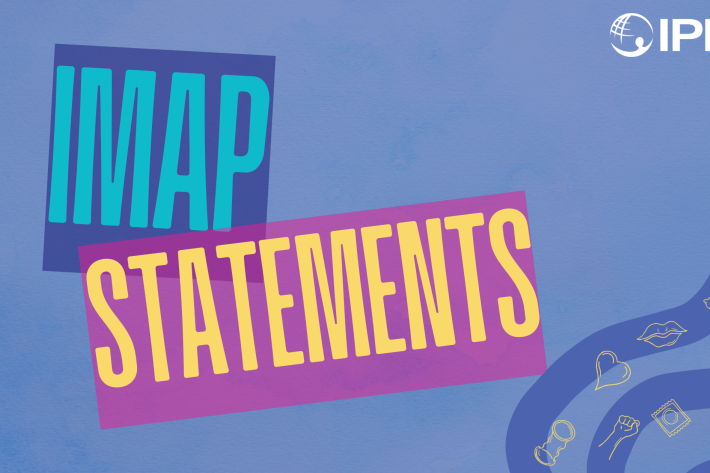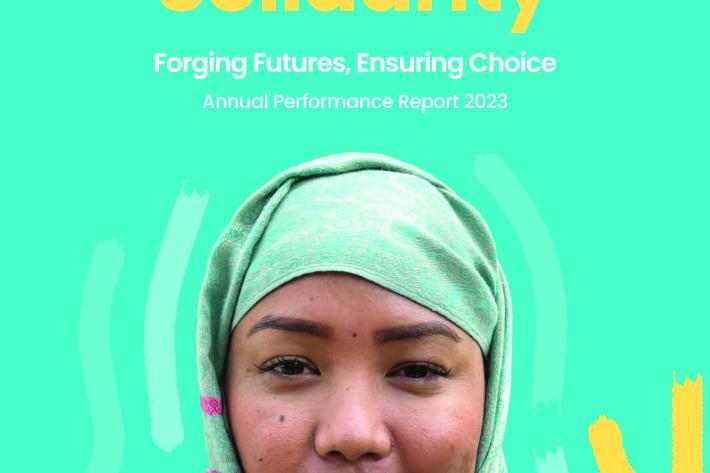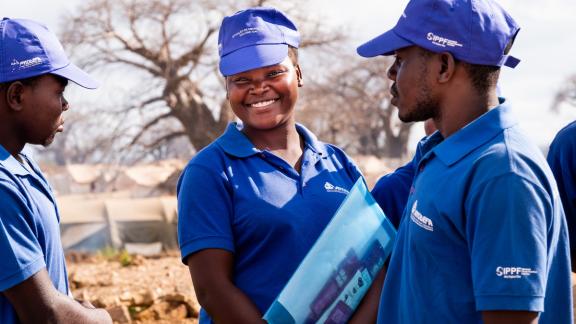Spotlight
A selection of resources from across the Federation
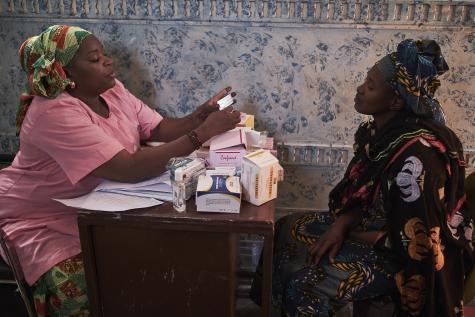
IMAP Statement on advances in emergency contraception
The purpose of this statement is to review newly published data on increasing the effectiveness of levonorgestrel emergency contraceptive pills by using pre‑coital administration or combined with a non‑steroidal anti‑inflammatory drug; the potential use of LNG‑ECP as a regular contraceptive method for infrequent sex; ulipristal acetate which is an established EC method and is now being studied combined with misoprostol for termination of early pregnancy; and the underutilization of low dose mifepristone as an EC method.
Filter our resources by:
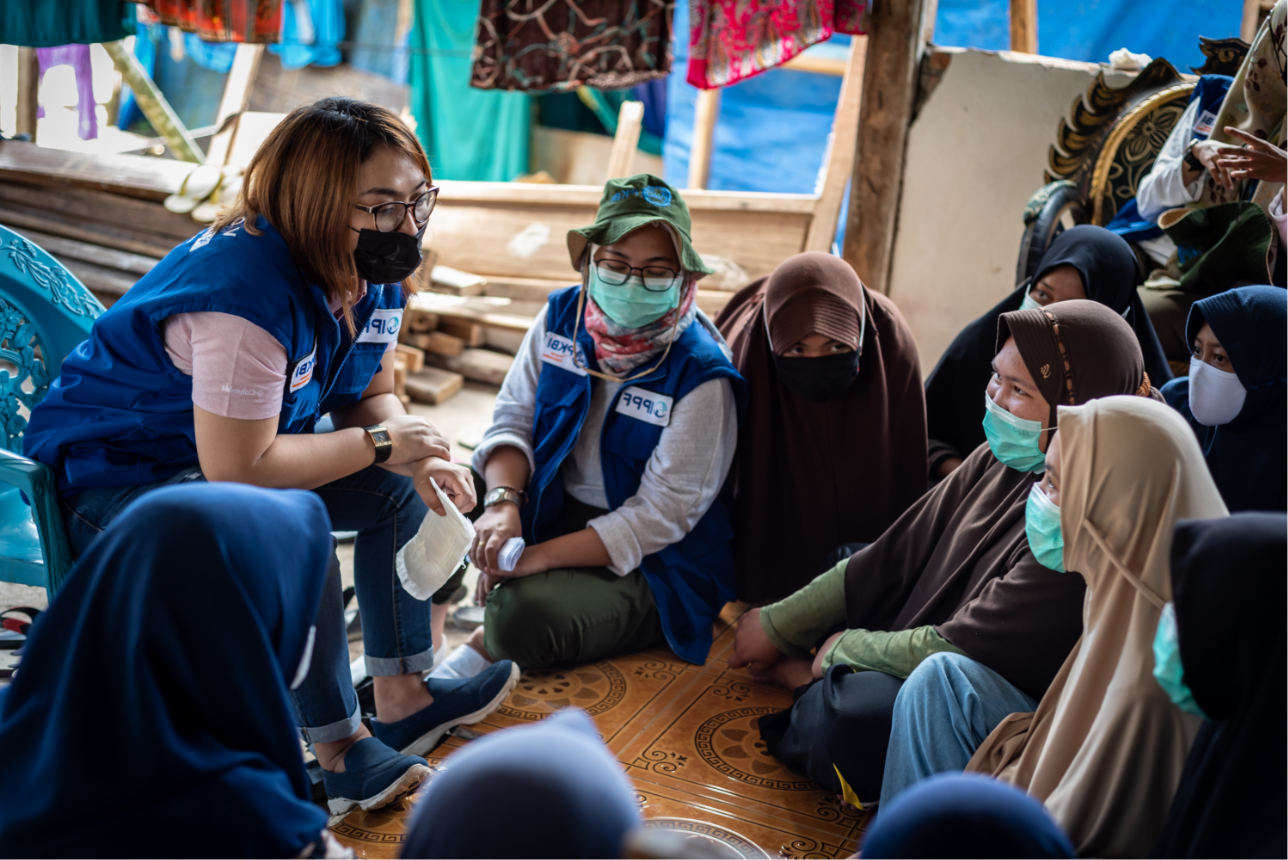
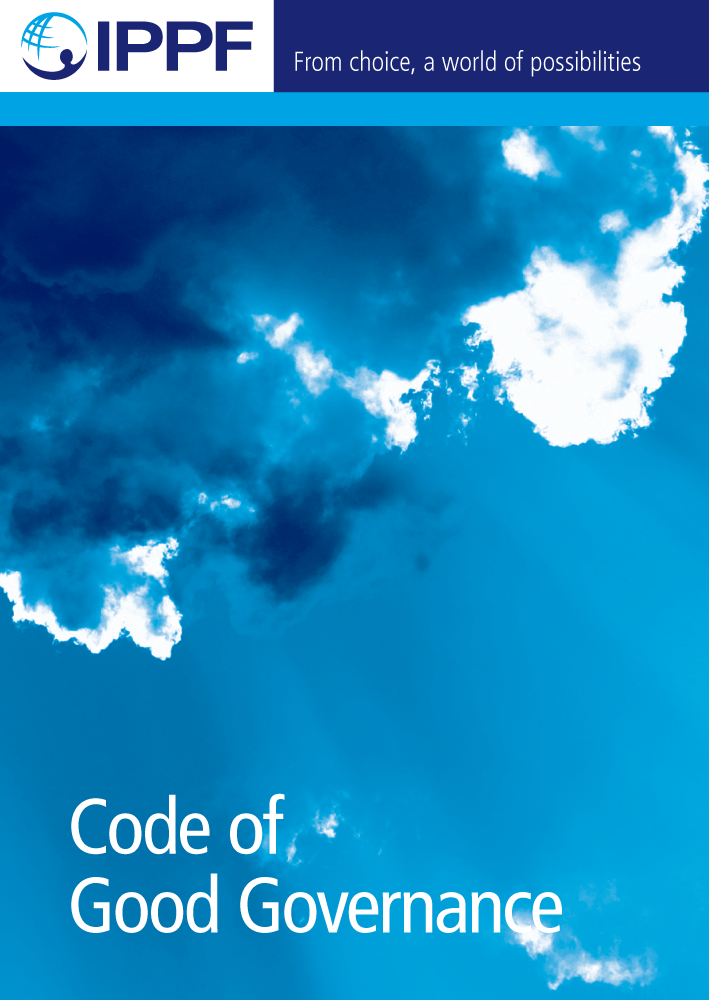
| 28 May 2012
IPPF Code of Good Governance
This Code of Good Governance was developed by a Task Force set up to strengthen volunteering and governance in IPPF. The 7 principles included in the Code represent good practice in governance and should be upheld and promoted by all individuals serving on governing bodies of all IPPF Member Associations, Regional Offices and Secretariat. Good governance is not an end in itself, but is central to ensuring that the organization is in a position to pursue its mission not only today but also in the future. This requires strategic thinking, leadership, courage and care. IPPF is convinced that by fully applying these principles in practice, the federation will make the movement stronger and more effective. To govern well is not something learned once and remember for always: it is an ongoing effort which requires constant attention. Adherence to the principles in the Code will help to strengthen the communities in which Member Associations work, and will contribute to a stronger and more accountable civil society.
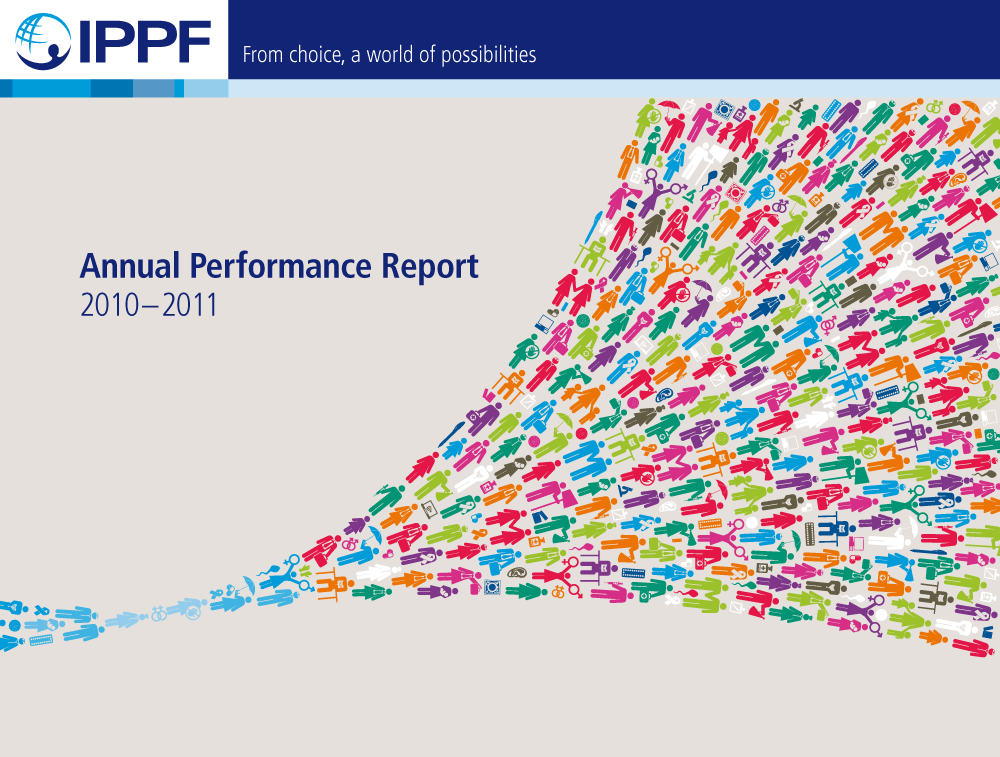
| 11 May 2012
Annual Performance Report 2010-11
This report opens with a review of the status of the Millennium Development Goals most related to IPPF’s work, and is followed by an analysis of IPPF’s performance. It shows that between 2005 and 2010, Member Associations' provision of SRH services has increased significantly, with the majority being delivered to poor and vulnerable clients and young people The Federation's financial strategy ensures that more money goes to countries that have the greatest needs, and evidence from an assessment on value for money confirms that the majority of Member Associations perform well, both in delivering IPPF’s Strategic Framework 2005–2015 and in organizational effectiveness.
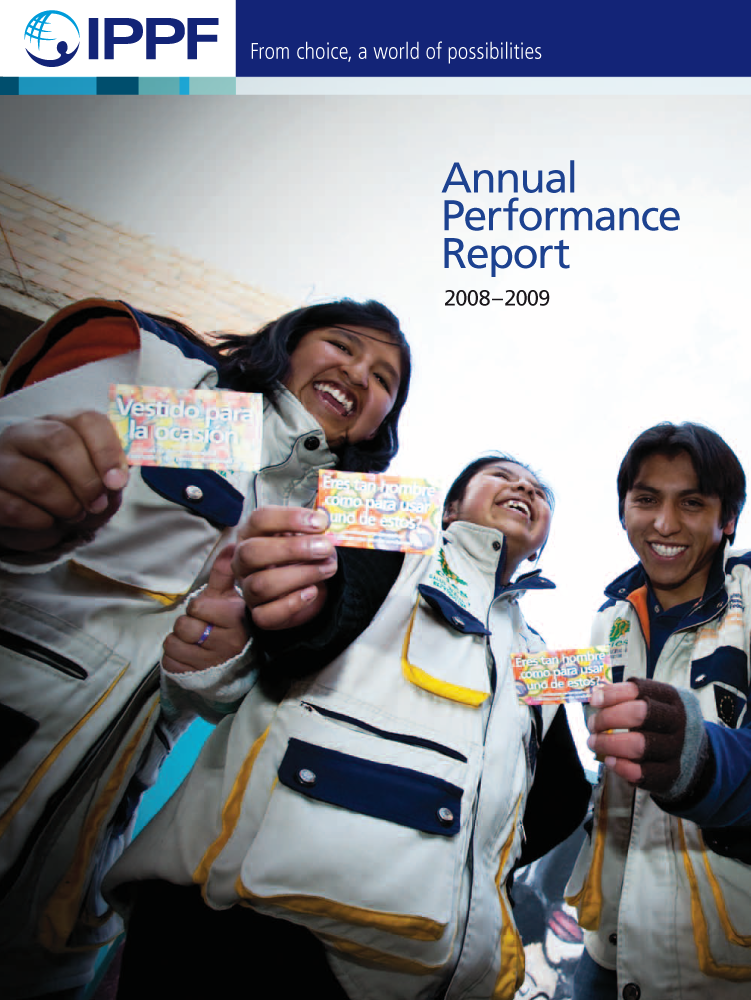
| 11 May 2012
Annual Performance Report 2008-09
This year’s Annual Performance Report includes case studies highlighting the difference IPPF makes to young people’s lives, our global indicators results, and key initiatives in our 4 supporting strategies.
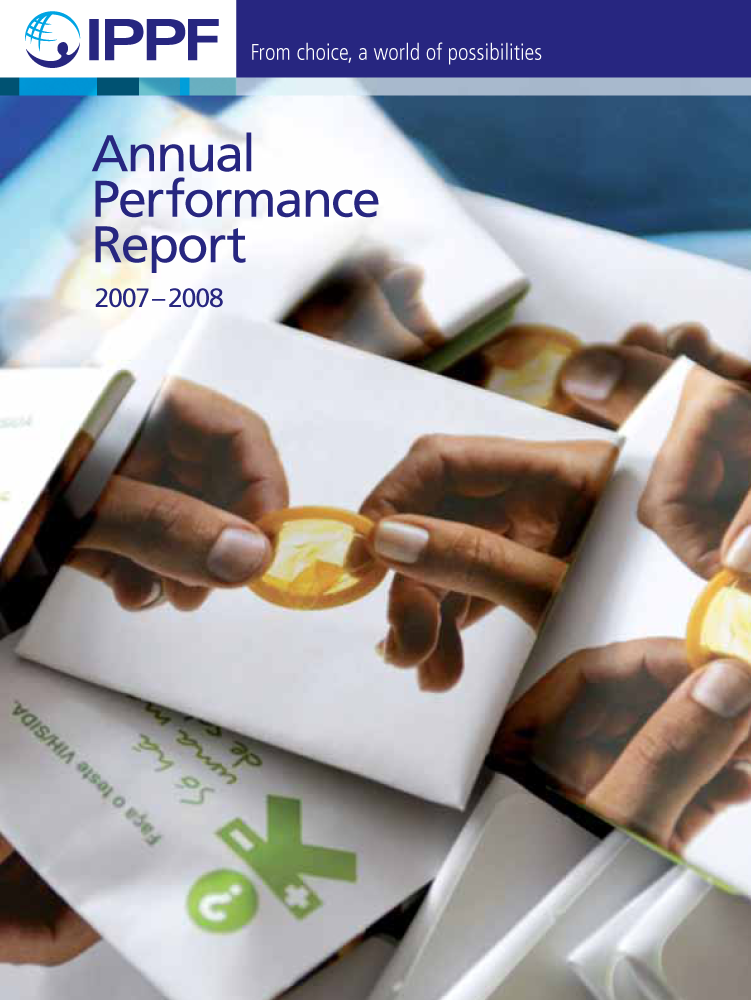
| 11 May 2012
Annual Performance Report 2007-08
IPPF’s Annual Performance Report provides an overview of the organization's performance during 2007 with case studies highlighting achievements in the Five ‘A’s, our global indicators results, and key initiatives in the 4 supporting strategies of governance and accreditation, resource mobilization, capacity building, and monitoring and evaluation.
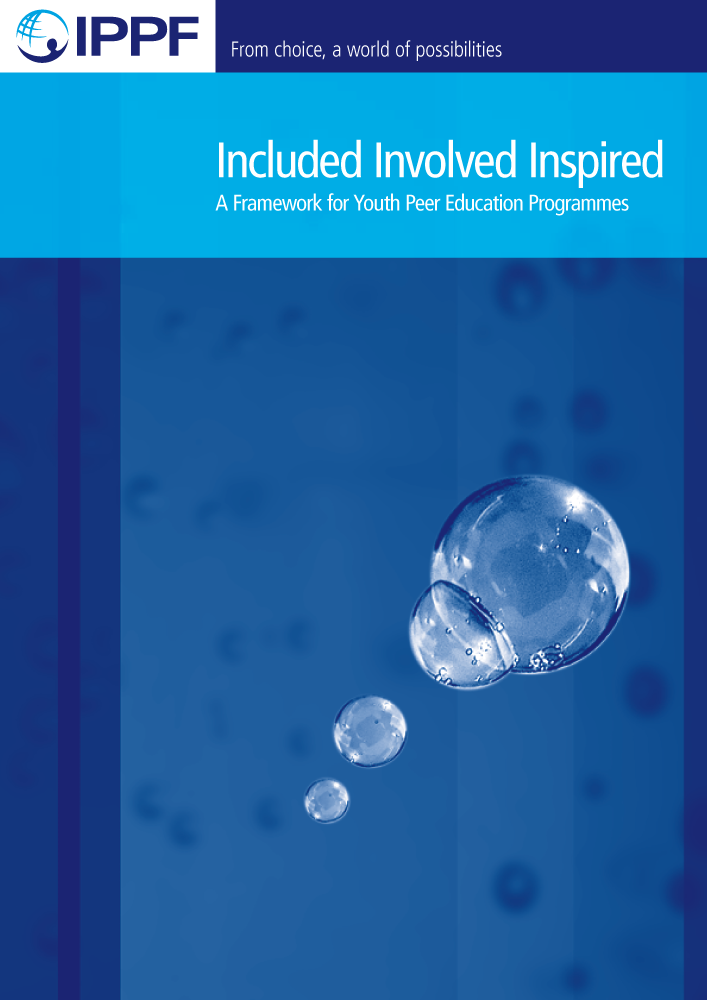
| 10 May 2012
Included Involved Inspired: A Framework for Youth Peer Education Programmes
The Included, involved, inspired framework promotes the benefits of youth participation through peer education guides us through planning, preparation, implementation and evaluation describes best practice provides tools to support the process of managing peer education places young people at the centre of all the processes "Peer education should support young people – both the peer educators themselves and those receiving information and services – to exercise their rights to sexual health, diversity and choice. We see peer educators as more than simply agents for behavioural change in themselves and their peers – our programmes show a commitment to also empowering them as individuals. In other words, a rights-based approach to peer education helps young people to develop the SRH knowledge, skills and attitudes needed to make their own choices regarding their sexuality and health." Peer education makes young people real stakeholders, addresses discrimination, and improves access to services. Participation means altering the power balance between young people and adults; enabling young people to identify their own problems; and ensuring that young people in all their diversity are involved in programme activities. This framework for programme designers, managers and co-ordinators, supervisors, trainers and young people can be used alongside existing guidelines and training materials to ensure peer education programmes are effective and empowering. It covers 10 stages of a peer education programme with detailed information on: Planning a peer education programme Selecting programme managers and coordinators Recruiting peer educators Training peer educators Implementing programmes: involving young people at every stage and in different roles Developing content Providing materials and condoms Supporting and keeping peer educators motivated Linking to services Monitoring, evaluation and document of programmes Includes: case studies from Nepal, the Dominican Republic, Colombia, Brazil, Sri Lanka, Peru, Guatemala, Kenya, India a check list of suggested qualities to look for, and to discuss with, a potential peer educator a check list of what makes a good training programme a case study on involving young people in monitoring and evaluation a definition of key terms a graphic of Olsson’s adapted ‘stairs of tolerance’ checklist of rules and responsibilities of a peer educator and peer counsellor 13 forms and tools for peer education programmes information on IPPF youth policies a list of peer education resources and websites
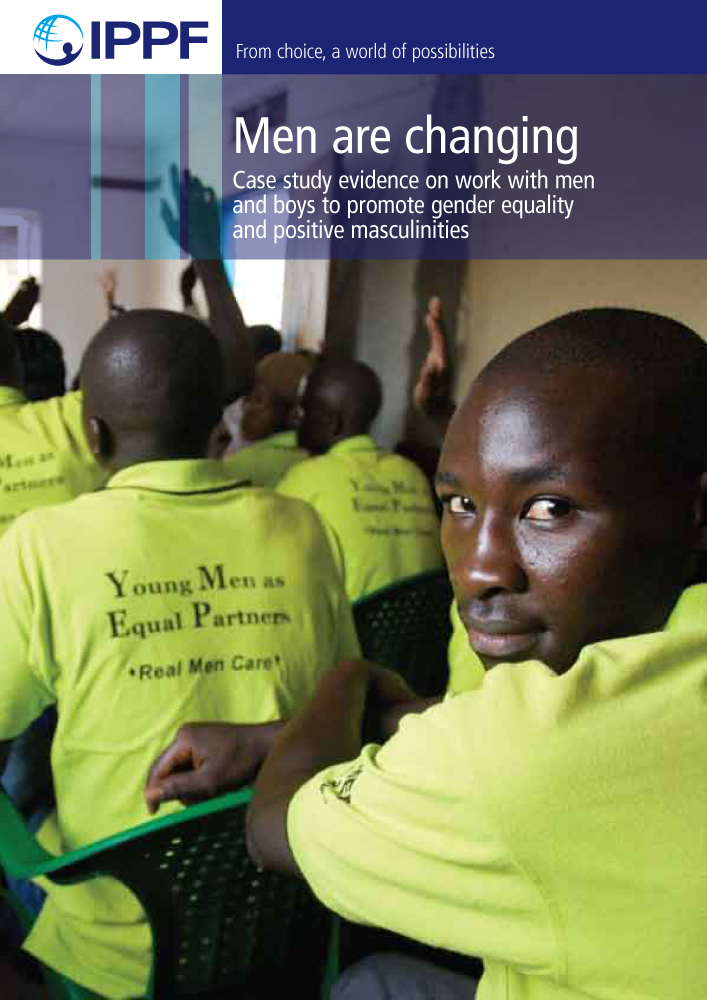
| 10 May 2012
Men are Changing: Case study evidence on work with men and boys
The lives of women and children are intertwined with the lives of men. Without understanding how men’s gendered experiences affect them and those around them it is impossible to promote sexual health and to achieve reproductive rights for all.
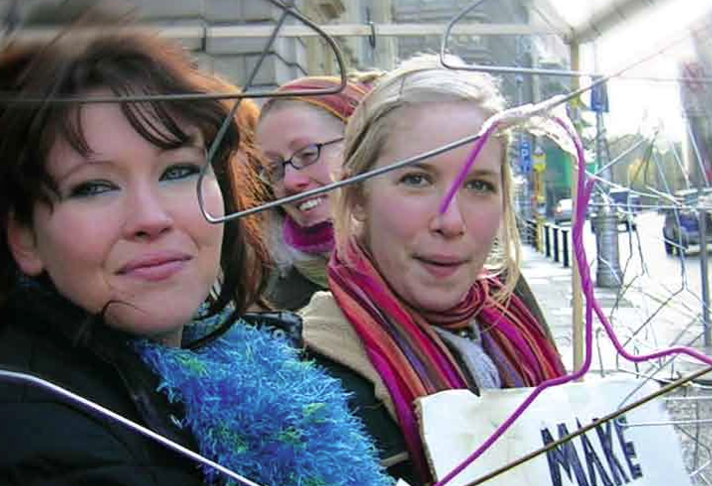
| 10 May 2012
Access to Safe Abortion: A tool for assessing obstacles
An assessment tool that professionals and other interested people can use to become aware of legal and other obstacles that make access to safe abortion difficult or impossible

| 10 May 2012
From Evidence to Action: Advocating for comprehensive sexuality education
From evidence to action: advocating for comprehensive sexuality education defines CSE, answers common questions and sorts fact from fiction connects good quality CSE to global health goals promotes approaches which recognise young people’s lived experience links to reports on what works and what obstructs CSE and SRHR goals provides a checklist of activities for CSE advocates "Good sexuality education is essential to help young people to prepare for healthy and fulfilling lives. High quality information and comprehensive sexuality education can equip them with the knowledge, skills and attitudes they need to make informed choices now and in the future; to enhance their independence and self-esteem; and to help them to experience their sexuality and relationships in a positive and pleasurable way." There is evidence that CSE is effective and that abstinence-only approaches are ineffective. Evidence can provide the basis for promoting new thinking, and changing national approaches to teaching by demonstrating that a rights-based approach is a highly successful teaching methodology. It answers these questions: What is CSE? Why do it? What should it include? How can we deliver it? How can we advocate for it? This resource can help develop a greater understanding of IPPF’s vision for rights-based CSE; provide the evidence base for CSE, identifying successful characteristics, approaches and outcomes; support advocacy work with practical advice on creating the climate for CSE programmes; respond to challenges and difficult questions on comprehensive sexuality education from members of the community, addressing opposition and resistance; and create a better understanding of the links between comprehensive sexuality education and HIV prevention, human rights, health outcomes and global health goals. Young people need a realistic approach to their sexual and reproductive health: looking at psychological, socio-cultural and ethical dimensions and beyond the simply biological. CSE programmes should be rights-based; address gender and pleasure; provide choice; develop critical thinking skills; and reach vulnerable and marginalised groups. Includes: a checklist of activities to advocate for CSE ways in which comprehensive sexuality education helps further global health goals including gender equality, maternal health and combating HIV/AIDS international human rights conventions and documents that support the case for CSE links to HIV prevention a reading list of research and briefings on CSE answers to a range of common questions and myths about young people, sexual health and sexuality education answers to questions about the how, when, where and what of sexuality education A checklist of activities to advocate for comprehensive sexuality education p.16
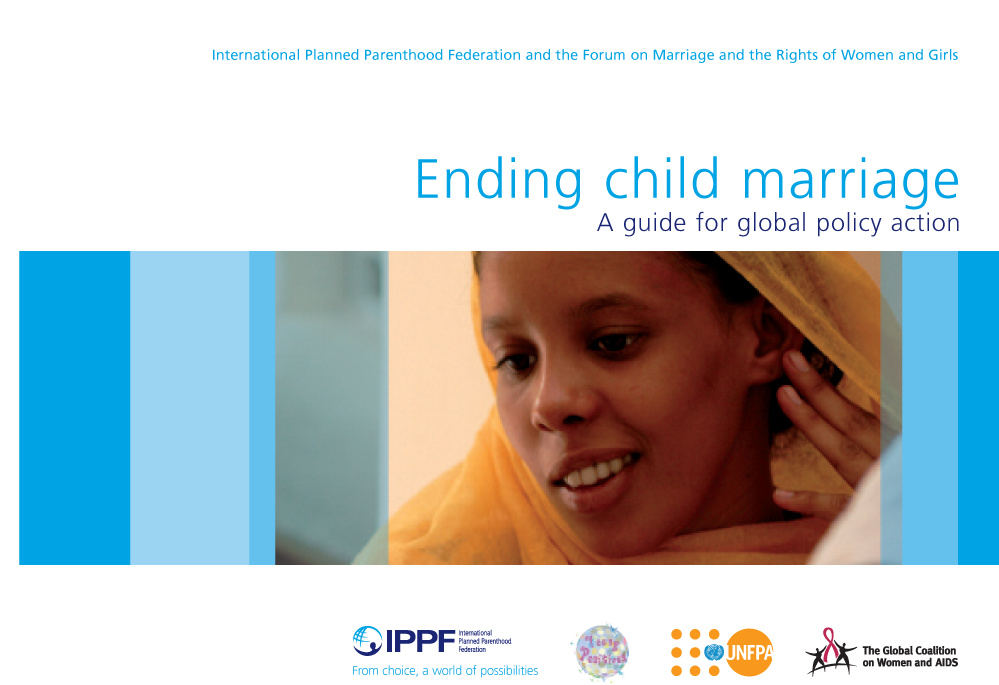
| 10 May 2012
Ending Child Marriage
The persistent neglect of vulnerable girls and child brides in parts of South Asia, Africa, the Middle East and Latin America is a direct reflection of the failure of our collective responsibility to protect the human rights of vulnerable young people. Ending Child Marriage: A Guide for Global Policy Action makes a strong case for international action, and strengthens the advocacy efforts of development practitioners and women’s and children’s rights activists to end child marriage.
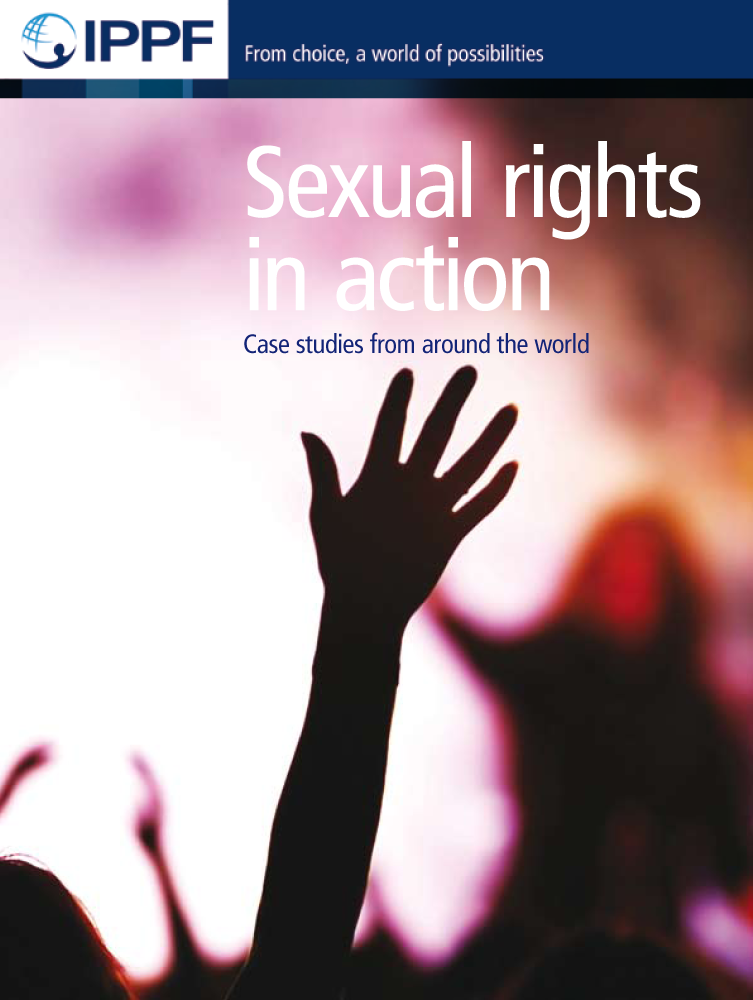
| 10 May 2012
Sexual Rights in Action: Case studies
These case studies from around the world show sexual rights in action. They demonstrate the positive impact that the realization of sexual rights can have on people’s lives, as well as the shattering individual cost when these rights are denied.







